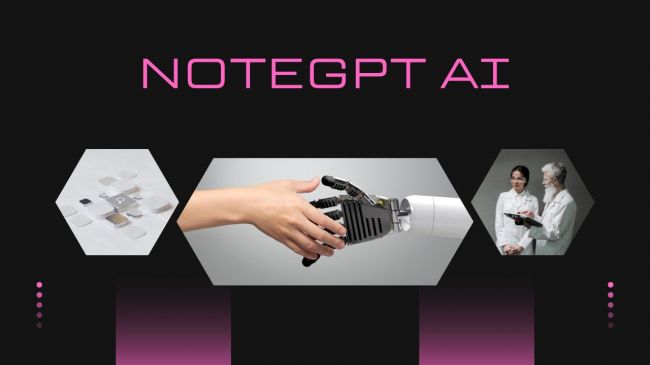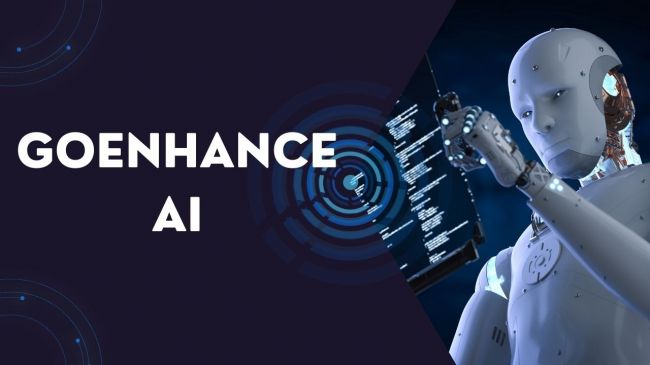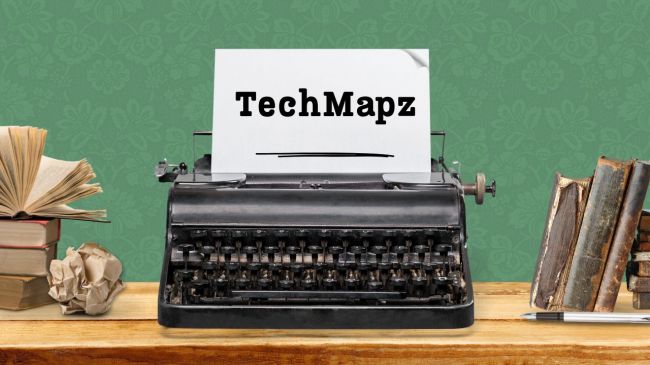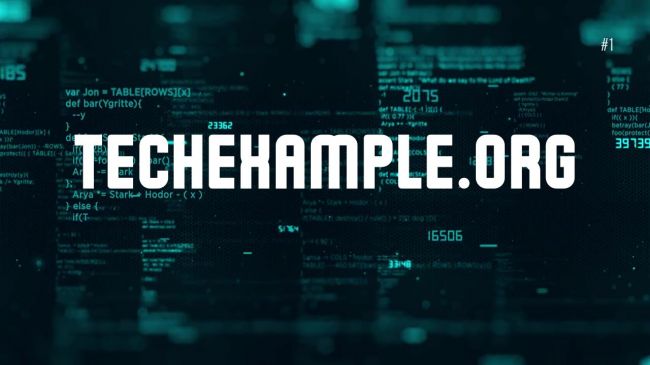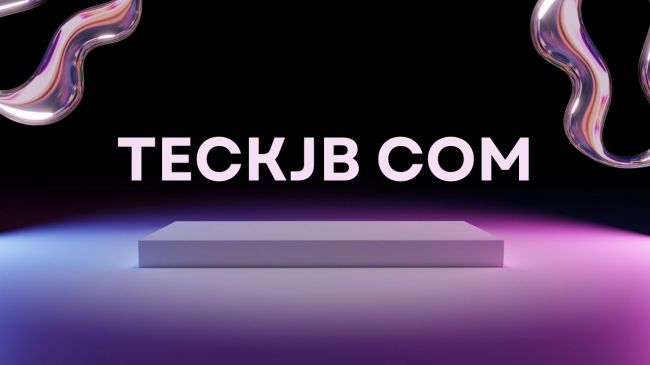Choosing the right business management system is one of the most critical decisions for any growing company. While both ERP (Enterprise Resource Planning) and MRP (Material Requirements Planning) sound similar, their roles, functions, and scopes differ significantly.
This guide breaks down what each system does, how they relate, and which one suits your business best, using real-world logic and modern integration trends.
What is MRP?
Materials requirements planning is a computer-based inventory management system that determines the timing and quantity of materials required to produce a product. MRP systems are designed to manage the production process by incorporating information about customer demand, inventory levels, and manufacturing capacity.
An MRP system typically consists of three components:
1. A master schedule that indicates when each product is scheduled to be produced
2. An inventory control system that tracks the current levels of raw materials and finished products
3. A bill of materials that lists the necessary components for each product.
Advantages of MRP—
1. With materials requirements planning, production planning and execution are streamlined, which leads to increased efficiency and productivity.
2. MRP systems are designed to be highly flexible so that they can easily adapt to changing conditions and requirements.
3. Because material requirements planning systems are typically less complex than ERP systems, they tend to be less expensive to implement and maintain.
4. These systems are generally much easier to use, making them a better choice for small and medium-sized businesses.

Disadvantages of MRP—
1. Cost: MRP systems can be expensive to implement and maintain.
2. Complexity: It can be complex to set up and manage, especially for larger organizations.
3. Inflexibility: Materials requirements planning systems can be inflexible, making it difficult to respond to changes in demand or production plans.
4. Inaccuracy: It relies on accurate data for planning purposes, but this data is often not available or is inaccurate, which can lead to problems with the system.
In short, MRP is ideal for manufacturing-focused organizations that need tighter control over production schedules and material flow.
What is ERP?
ERP, or enterprise resource planning, is a software solution that helps businesses manage and automate their core operations. ERP systems consolidate all of a company's business processes into a single, integrated system. This includes tasks like accounting, inventory management, customer relationship management (CRM), and supply chain management (SCM).
ERP systems are designed to give companies a complete view of their business. That way, they can make better-informed decisions about how to run their operations. For example, an ERP system can help managers see which parts of the supply chain are underperforming. Then, they can take steps to improve those areas.
Advantages of ERP—
1. Increased Efficiency and Productivity: ERP systems help businesses to streamline their operations and increase efficiency and productivity. By automating key business processes, ERP systems can help businesses to save time and resources.
2. Improved Decision Making: It provides managers with real-time data and insights that can help them make better-informed decisions. With an ERP system in place, managers can quickly identify issues and trends and take action accordingly.
3. Enhanced Customer Service: ERP systems can help businesses to improve their customer service levels by providing them with the necessary tools to manage customer orders and track delivery status. Additionally, these systems can also help businesses to keep track of customer complaints and feedback, allowing them to address any issues quickly.
4. Reduced Costs: Implementing an ERP system can help businesses to save money in the long run by reducing the need for duplicate data entry, manual processes, and paper-based records. Additionally, these systems can help businesses to reduce inventory costs by providing them with real-time inventory data.
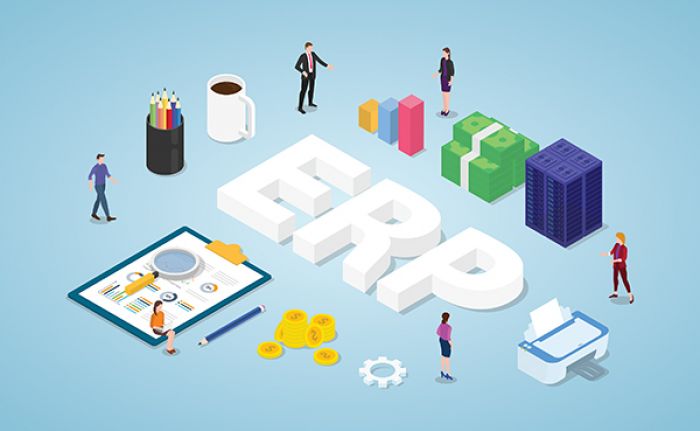
Disadvantages of ERP-
1. It can be complex and expensive to implement.
2. ERP may not be a good fit for all businesses.
3. It can require significant changes to business processes.
ERP transforms scattered business processes into a single, connected ecosystem, giving leaders complete visibility and control.
What is the difference between ERP and MRP?
Enterprise Resource Planning and Manufacturing Resource Planning (MRP) are both systems used to plan and manage resources within a company. However, there are some key differences between the two:
| Aspect | ERP (Enterprise Resource Planning) | MRP (Material Requirements Planning) |
|---|---|---|
| Target Users | Designed for companies of all sizes and industries | Specifically for manufacturing companies |
| Scope of Functionality | Covers all business functions (HR, finance, CRM, inventory, etc.) | Focuses only on manufacturing, inventory, and production planning |
| Implementation Time | Typically requires a longer time to implement due to system complexity | Generally faster to implement with narrower scope |
| Real-Time Data Visibility | Offers real-time visibility across all departments | May have limited real-time integration |
| Integration Capabilities | Integrates multiple business processes into a unified system | Primarily integrates production-related data |
| Cost | More expensive due to broader features and modules | Usually more cost-effective for small manufacturing units |
So, which system is right for your business? It really depends on your specific needs and requirements in maximizing financial efficiency. If you need a comprehensive system that covers all aspects of your business, then an ERP system is likely the best choice. However, if you have more specific needs related to manufacturing or logistics, then an MRP system may be a better fit.
How is MRP related to ERP?
MRP is essentially a subset of ERP. It focuses on manufacturing operations within the broader enterprise ecosystem.
An ERP system typically includes MRP functionalities, integrating material planning with accounting, sales, logistics, and HR. For instance, an MRP schedule generated in the production module flows seamlessly into financial forecasts and sales planning in ERP.
This integration mirrors how modern enterprise tools connect diverse data streams, similar to Radiant AI’s adaptive enterprise solutions, which unify analytics, workflow, and decision-making into one intelligent framework.
Which System Is Right for You?
The best choice depends on your business size, complexity, and goals.
Choose MRP if:
- You’re a small-to-mid-sized manufacturing firm.
- Your focus is production, scheduling, and inventory control.
- You want a cost-effective, simple implementation.
Choose ERP if:
- You need an integrated solution spanning finance, HR, CRM, logistics, and supply chain.
- You want real-time analytics and cross-departmental collaboration.
- You’re preparing for long-term growth and scalability.
Many companies begin with MRP and later transition to ERP as they scale, just as Granola AI helps teams scale operations efficiently by transforming fragmented processes into unified workflows.
Conclusion
Both ERP and MRP play essential roles in modern business management. While MRP specializes in manufacturing and inventory control, ERP integrates all business functions into one unified platform.
Think of ERP as the bigger picture, with MRP as one of its critical building blocks. The right choice depends on your business size, industry, and goals.
Post Comment
Be the first to post comment!
